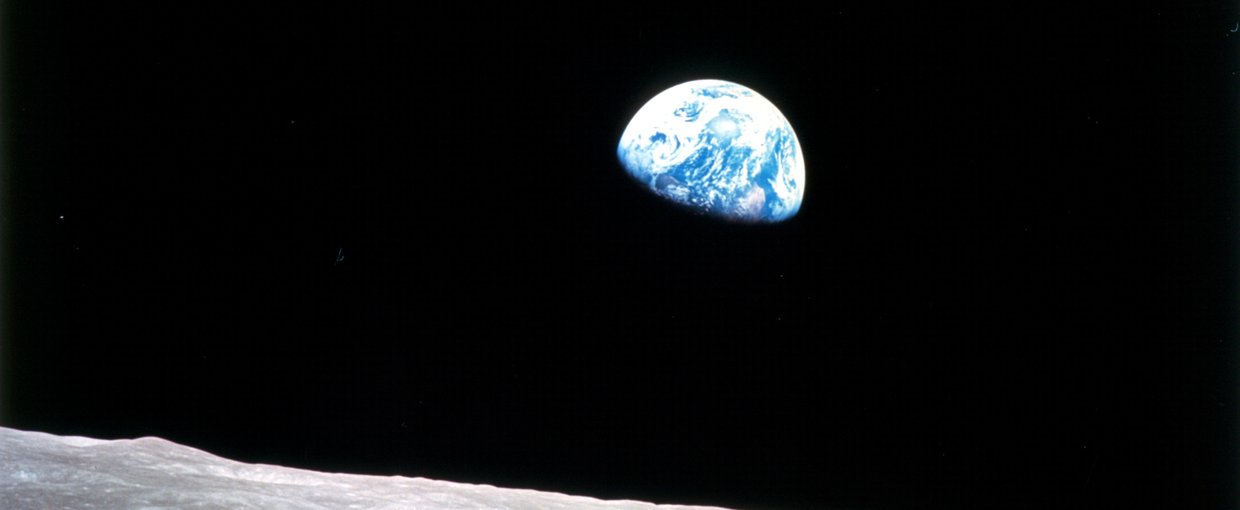The Earth Similarity Index (ESI) is a scale to physically compare other planets to Earth. The scale is between 0 (no similarity to Earth) and 1 (Earth-like). Planets with an ESI between 0.8 and 1.0 are more likely to be similar to Earth.
The calculation of the ESI is based on only a few parameters: radius, density, escape velocity, and surface temperature. For exoplanets, the ESI is based on even fewer parameters: stellar flux, and either radius or mass.
The limitation of the ESI for comparison is compounded by our uncertainty about the data for exoplanets. Some data points for exoplanets have large margins of error, and are based on assumptions. For instance, we don’t know the surface temperature of any exoplanet. The temperature shown here is the equilibrium temperature. In general, actual surface temperatures should be larger than the equilibrium temperatures, depending on the atmospheric properties.
Even if all parameters could be accurately measured, combining them does not result in a determination of habitability.
For more information, visit: http://phl.upr.edu/projects/earth-similarity-index-esi

